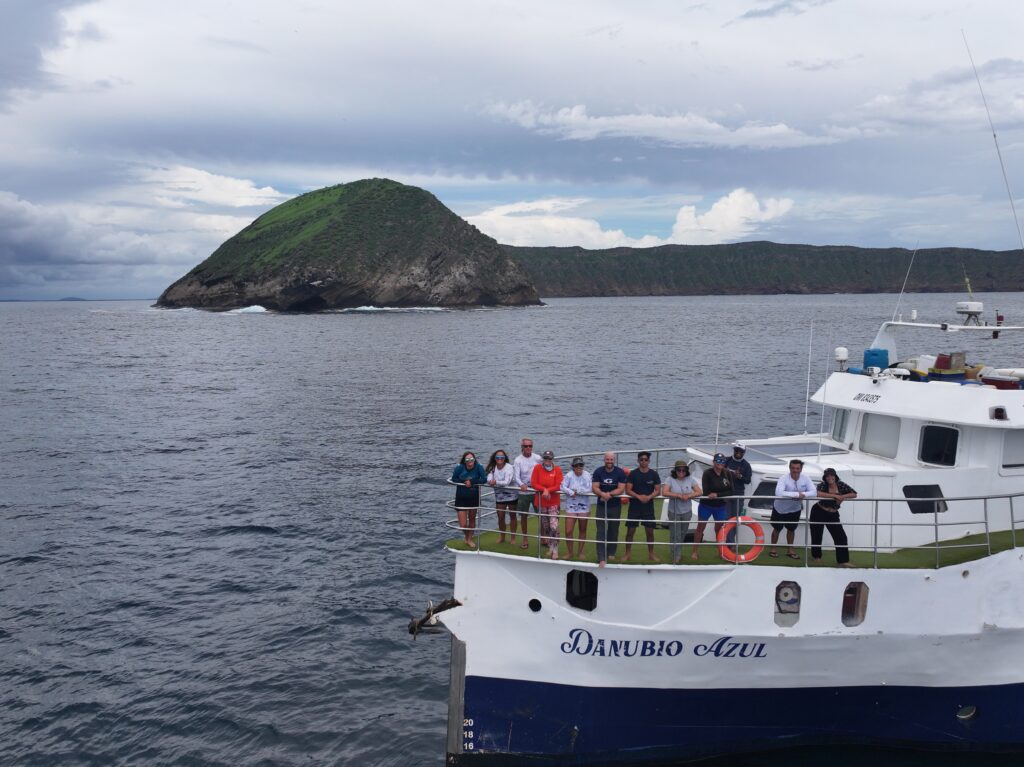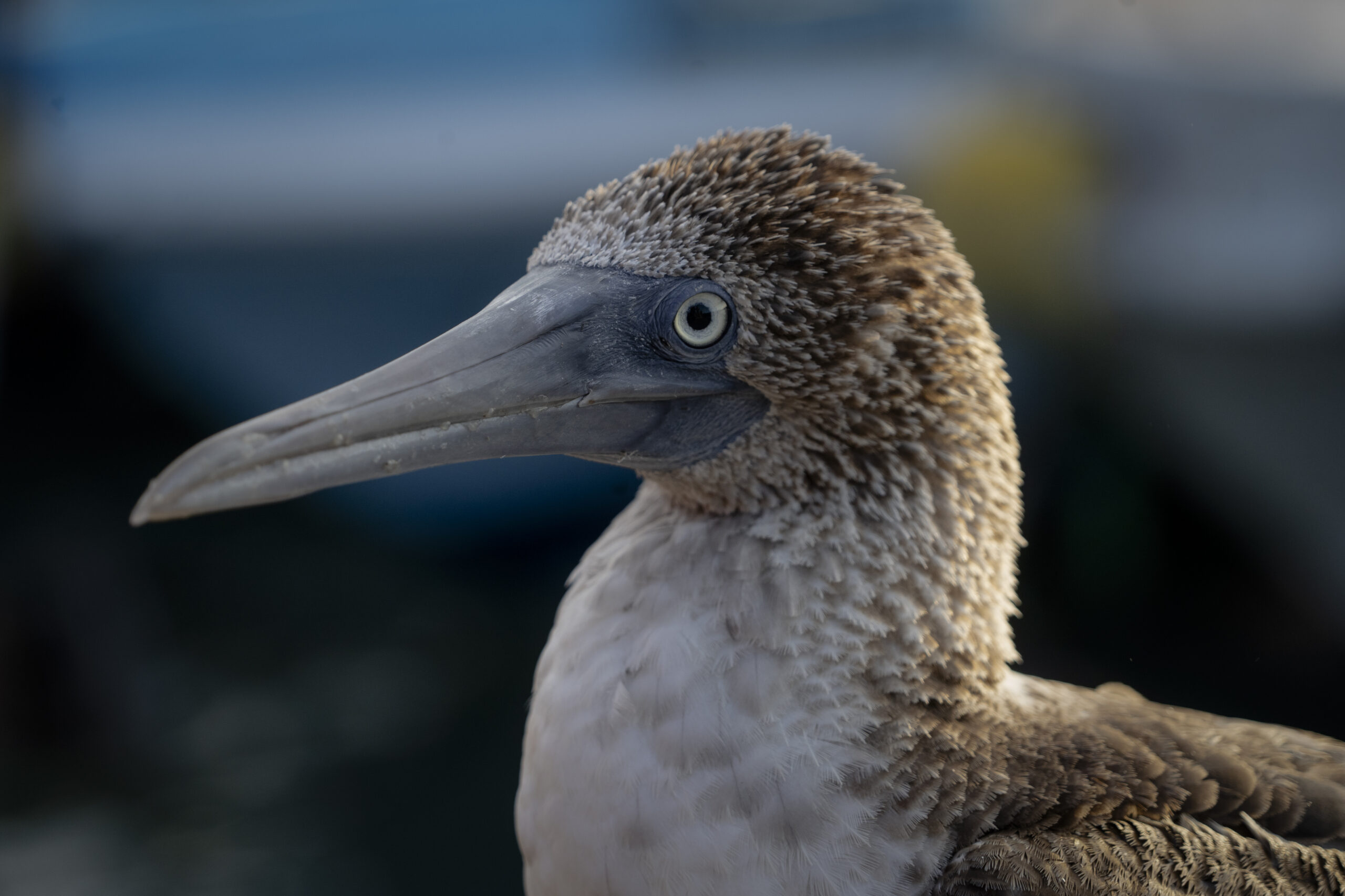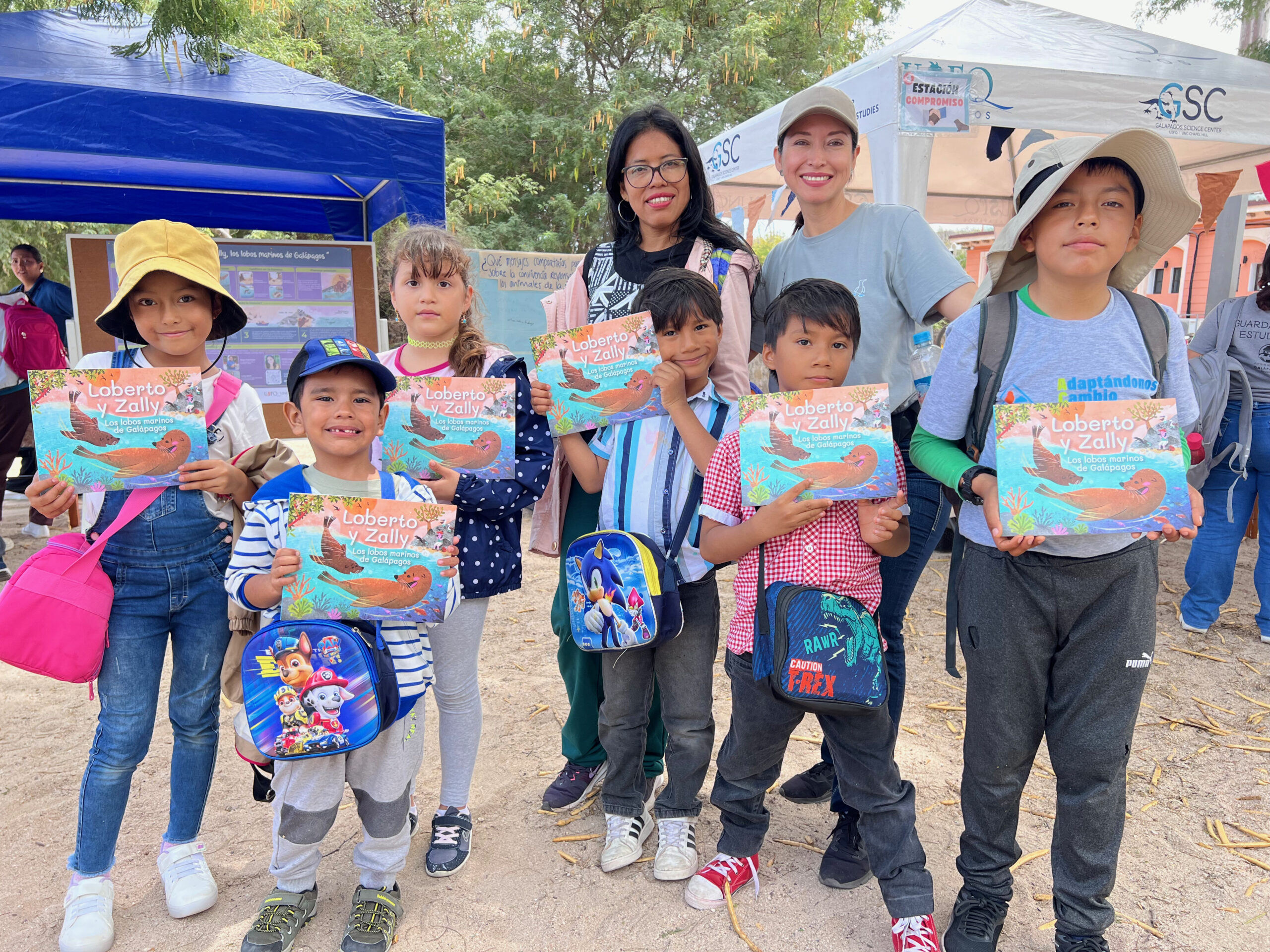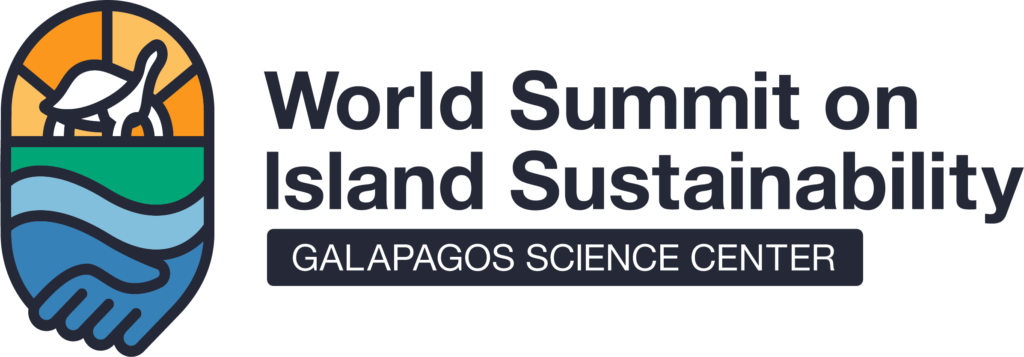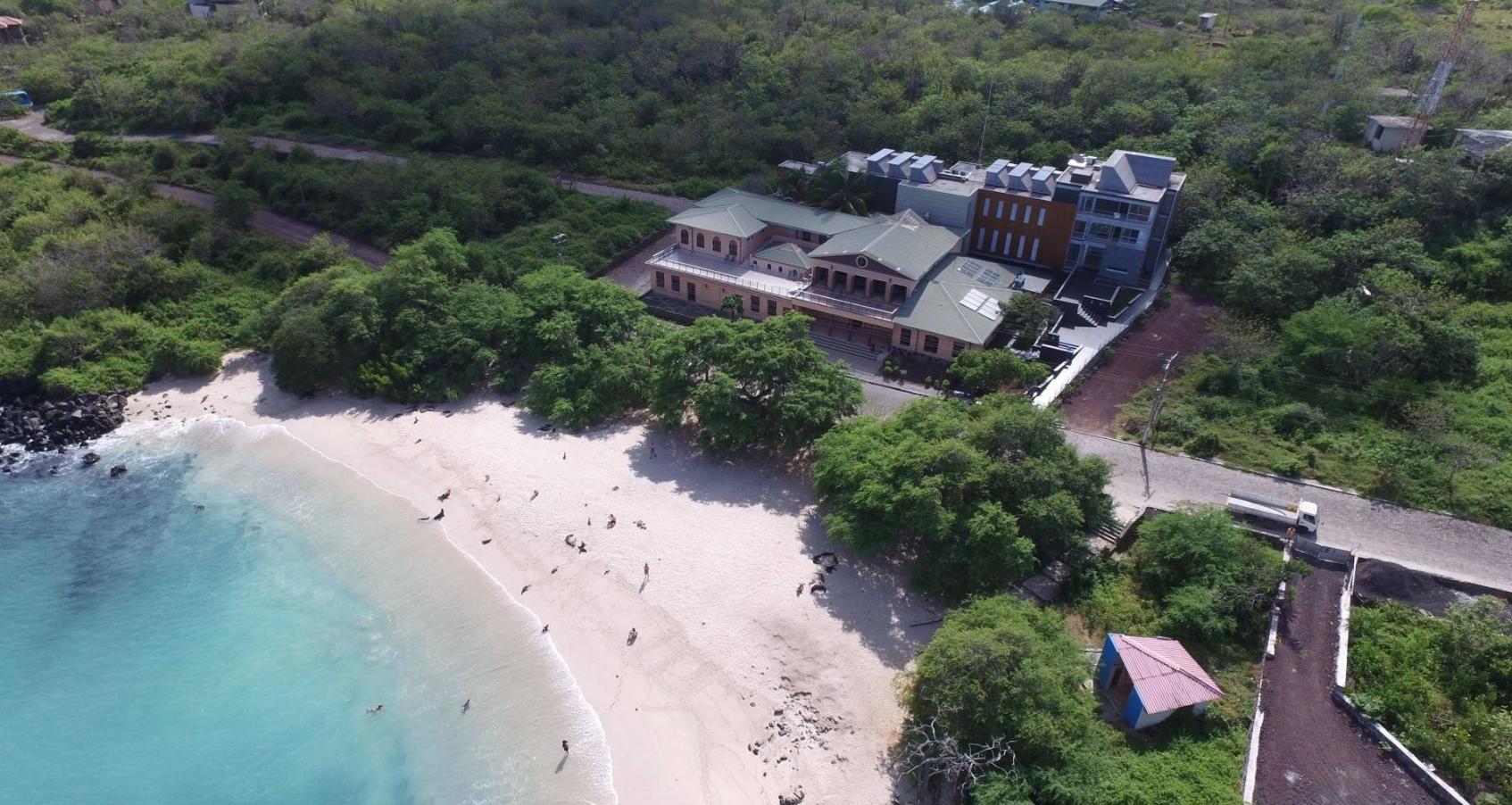Fotos:Farah Hamdan, Michel Guerrero, Cameron Perry
La Dirección del Parque Nacional Galápagos (DPNG), en colaboración con la Universidad San Francisco de Quito (USFQ), el Galapagos Science Center (GSC) y Proyecto Mantas Ecuador (PME), llevó a cabo una expedición científica en el Sur y Este de la Isla Isabela. Con el respaldo de Brookfield Zoo Chicago’s Sarasota Dolphin Research Program, Mote Marine Laboratory, Georgia Aquarium y Ocean Tracking Network, la investigación permitió levantar información para al menos cuatro proyectos de investigación.
La expedición tuvo como objetivo llenar vacíos de información de varias especies, incluyendo peces de interés comercial y especies de interés turístico como la manta oceánica, mobulas, bacalao y mamíferos marinos, y se llevó a cabo entre el 4 y 11 de marzo de 2025 con el apoyo de la tripulación del barco Danubio Azul. Este esfuerzo colaborativo reafirma el compromiso de la DPNG y la USFQ con la investigación y la conservación de los ecosistemas marinos de Galápagos.
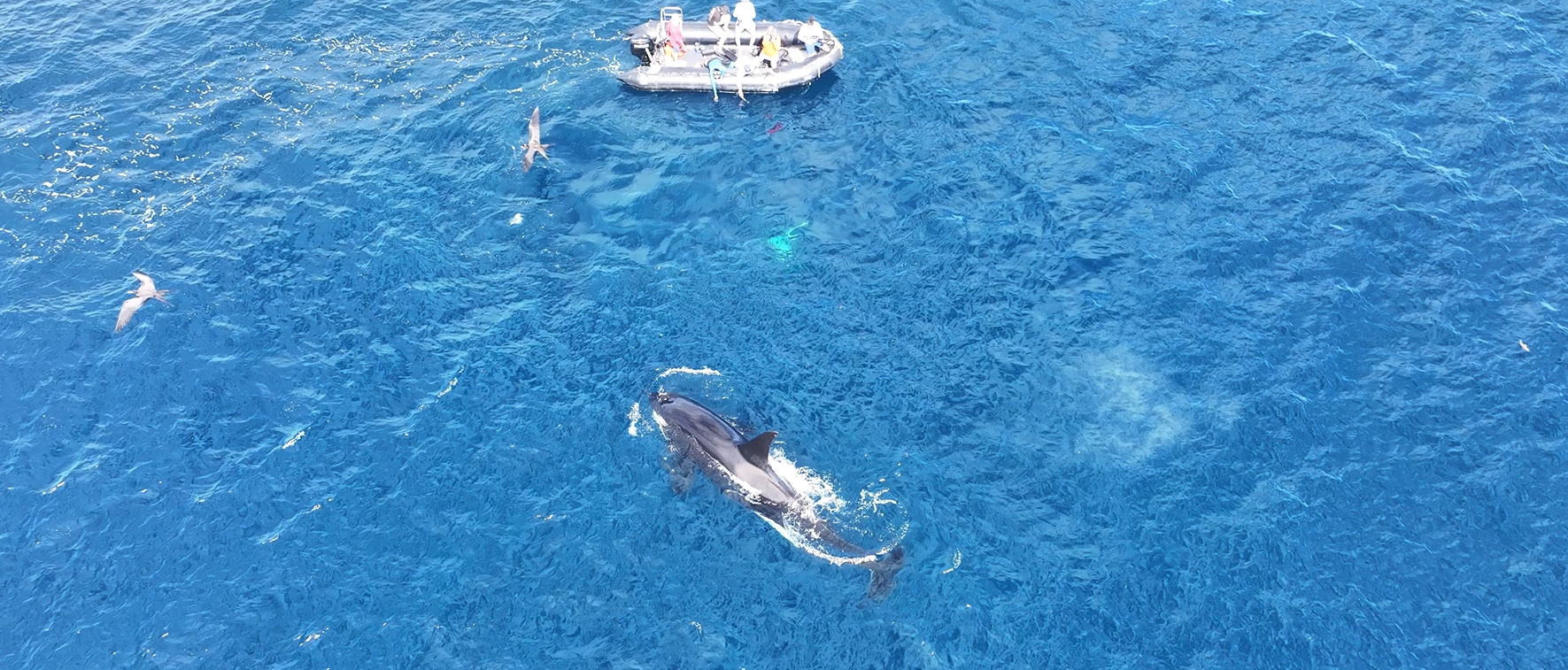
Con el fin de rastrear sus movimientos y evaluar la conectividad en el archipiélago, la DPNG y el equipo científico colocaron 7 marcas satelitales y 11 marcas acústicas en 15 individuos de mantarraya oceánica (Mobula birostris), una especie marina altamente migratoria. Además del rastreo acústico y satelital, el equipo utilizó drones para monitoreo de zonas clave para la ecología de ésta y otras especies del mismo género (Mobula). También, se colocaron 8 receptores acústicos y se recogieron datos de fotoidentificación para manta rayas, rayas y cetáceos durante el transcurso de la expedición. La investigación confirmó la presencia de agregaciones claves para varias especies de Mobula e identificó varias estaciones de limpieza.

Asimismo, se usó métodos de captura, muestreo, marcaje y liberación de bacalao (Mycteroperca olfax) con el fin de mejorar el conocimiento de la biología y los movimientos de ésta especie. Se obtuvieron muestras de sangre para determinar los niveles de hormonas reproductivas y se pusieron etiquetas externas para su identificación. Además, se recolectaron muestras genéticas de tiburones, rayas y peces para estudios poblacionales.
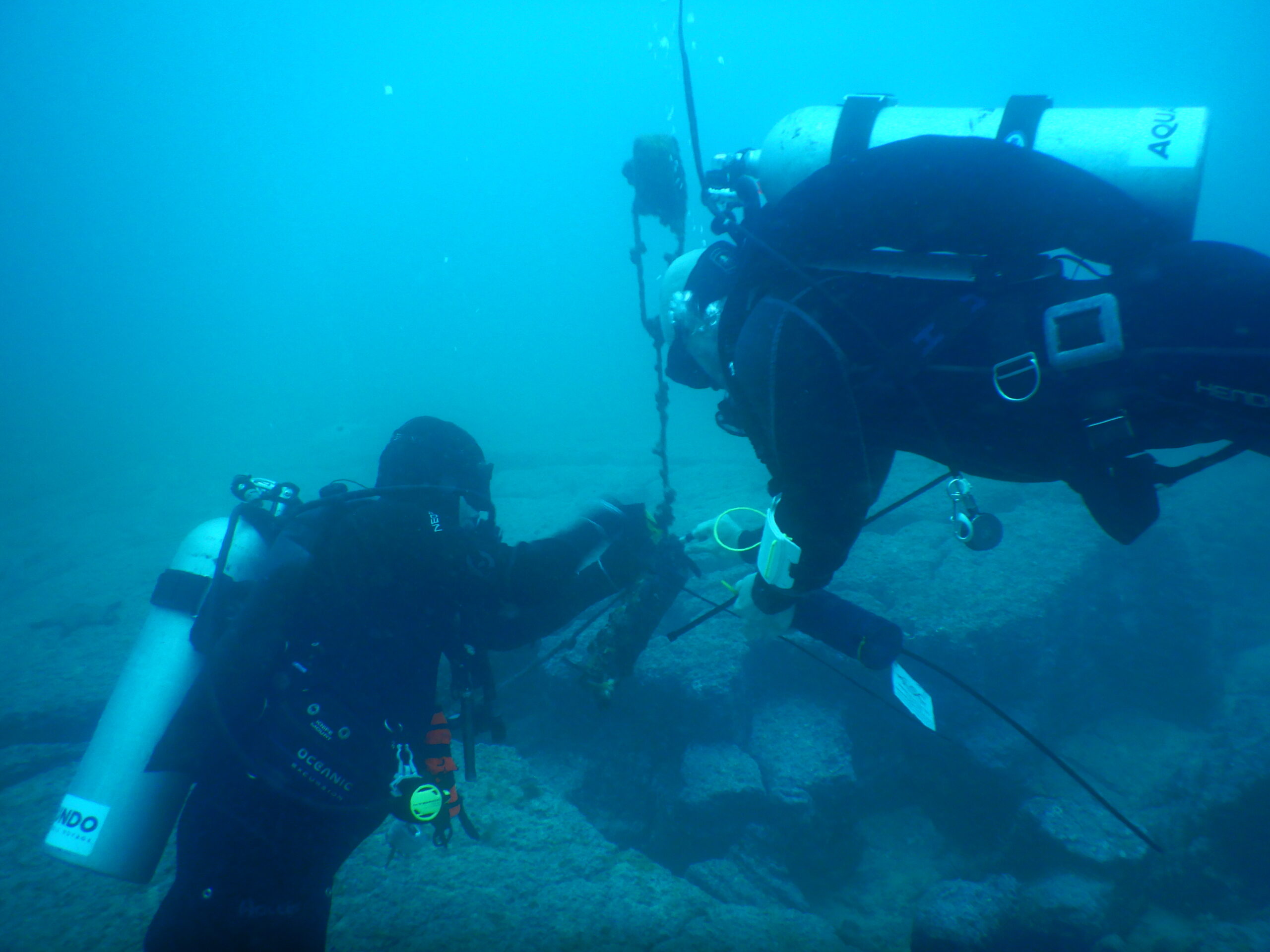
Finalmente, como parte del monitoreo de cetáceos, se realizaron registros de fotoidentificación y avistamientos para evaluar su presencia y uso de hábitat. Este esfuerzo permitió continuar el seguimiento de una orca (Orcinus orca) adulta registrada en Galápagos desde 2016, aportando datos clave sobre su distribución y residencia. De la misma manera, se registraron otras especies de delfines entre ellos Delfines Nariz de Botella (Tursiops truncatus) que es la especie más comúnmente avistada en el archipiélago. Los datos de avistamientos contribuyen a comprender la distribución de ésta y otras especies de cetáceos en el sur y este de la Isla Isabela.

